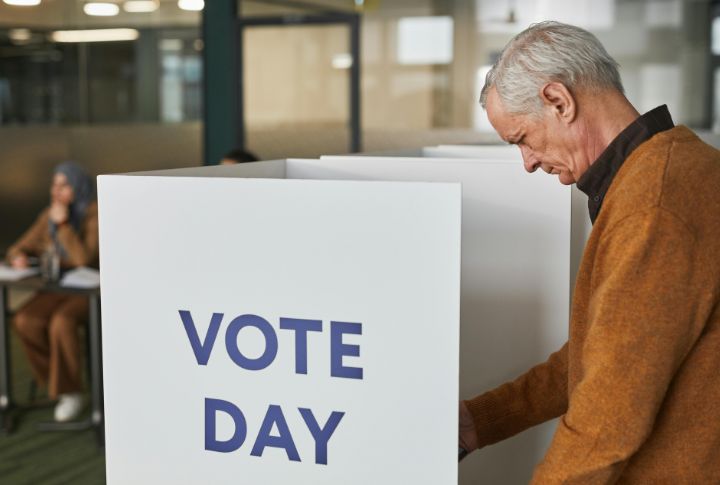
Every generation inherits something from the last. Some inherit assets; others inherit the bill. As Boomers enjoy the benefits of a system built in their favor, Millennials and Gen Z are carrying the cost through student debt, payroll taxes, and housing barriers. If you want to know how this wealth divide grew so wide, this breakdown will surprise you.
Payroll Taxes Support Retirees

While retired Boomers enjoy their hard-earned Social Security and Medicare benefits, today’s workforce keeps the party going through payroll taxes, a neat 7.65% slice from both workers and their employers. Self-employed individuals? They’re shouldering the complete 15.3% (source: Fidelity).
Younger Generations Face Student Debt

These days, young graduates are drowning in student debt while trying to stay afloat financially. Talk about a rough start! Meanwhile, their Boomer parents enjoyed a cushy college ride back when public funding picked up the tab and tuition costs were practically pocket change.
Home Equity Vs. Renting Struggles

Boomers built wealth through rising home values and affordable mortgages. Millennials, facing stagnant wages and inflated housing costs, are stuck renting with little chance to build equity. The same market that enriched one generation now blocks the next, deepening the wealth divide between homeowners and lifelong renters.
Pension Protections For Boomers

Retirement once meant security, a pension, and peace of mind. But that’s mostly a luxury now. Today’s workers? They’re juggling gigs and 401(k)s, often without any benefits or stability. The guaranteed pensions that carried the older generation into retirement have largely disappeared.
Healthcare Subsidies For Seniors

Medicare has been a lifesaver for millions of older Americans, with almost 68.5 million beneficiaries in 2025. As for millennials, they are footing much of the bill. Not only are they paying payroll taxes to support Medicare, but they’re also shelling out big bucks for their own private insurance.
Political Spending Priorities

Millennials and Gen Zs demand affordable housing, student debt relief, and better healthcare access. However, their wishlist gathers dust in Washington. Priorities for seniors with bipartisan support. It’s no mystery why: older voters show up, and their political power ensures their needs always make the budget cut.
Bailouts During Crises

When the economy crashes, the government often steps in to rescue big companies and banks with emergency money—called bailouts. These moves help protect retirement savings and home values, which mostly benefit older generations. Younger workers face the opposite: layoffs and shrinking paychecks. The safety net doesn’t catch everyone equally.
Boomer-Owned Businesses Exploit Young Labor

Many Boomer-owned businesses delay promotions and offer salaries below industry standard, even for deserving candidates. Younger employees often accept these roles for experience, but the pay gap creates long-term financial strain. While older leadership benefits from lower labor costs, fresh talent struggles to build stability in roles that undervalue their market worth.
Environmental Degradation From Policies

The industrial boom that powered the mid-20th century also left a heavy footprint. Policies from that era prioritized growth over the Earth, paving the way for pollution and fossil fuel dependency. Now, Gen Z and Millennials are left cleaning up their mess.
Media Narratives Blame Youth

Despite lower wages, crushing debt, and insane housing costs, Millennial and Gen Z professionals often get blamed for being “lazy” or “entitled.” Media narratives conveniently skip over decades of economic policy that tilted the scales toward Boomers. This paints a false picture that younger generations are the problem—when they’re actually being mistreated.
